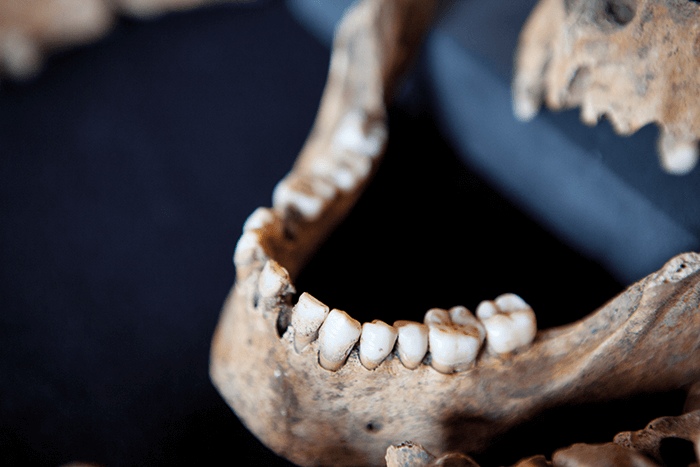A team from the Max Planck Institute for the Science of Human History recently analyzed skeletons found in a suspected plague burial site in London, UK. The aim? To confirm the presence of Yersinia pestis – the bacterium behind the bubonic plague and the Black Death – and then reconstruct its genome. Teeth from five of the 20 skeletons tested positive.
The Black Death first entered Europe in 1347 and was the first of many medieval waves of what is assumed to be the same disease. Later epidemics of plague, such as the Great Plague of London (1665) and the Great Plague of Marseille (1720–1722), continued to occur in Europe until the mid-eighteenth century – but the reasons why the disease persisted for so long and finally disappeared is poorly understood. This latest work is just part of a wider project that aims to understand the evolutionary history of Y. pestis and builds on findings from another plague burial site in l’Observance, Marseille. “While there are many strains of Y. pestis circulating today that are descendants of the Black Death, the Marseille lineage is unique in that it has no close relatives among the plentiful strains of modern Y. pestis that have been characterized,” says molecular paleopathologist Kirsten Bos, who is working on the project. “The most likely explanation is that the genome we have reconstructed represents an ancient lineage that has now gone extinct.” Ancient DNA is notoriously difficult to analyze because it breaks down over time into small pieces or is lost altogether. In this case, teeth from exhumed skeletons proved to be a sufficiently robust source. “Dental enamel is a dense mineral tissue, and functions like a shell to preserve the DNA in the interior of a tooth,” Bos explains. “DNA from pathogens circulating in the blood of an individual at the time of death may well be preserved in this inner chamber. The extract is likely to contain DNA of many sources – human, plant, soil, and hopefully some Y. pestis DNA that has been preserved over the years.”

The greatest challenge for the team, Bos says, was in accessing enough Y. pestis DNA to permit a full genomic reconstruction. DNA preservation in archaeological material is sporadic and difficult to predict, so a large collection of teeth had to be sampled to find the few that would yield sufficient pathogen DNA for analysis. Bos painstakingly worked to extract and analyze the DNA, first sectioning the teeth and drilling inside the crowns to obtain small amounts of powder from their inner chambers, then chemically isolating the DNA. Next, Bos performed a DNA capture experiment using ‘molecular baits’ to selectively remove the DNA of interest – in this case, fragments of the Y. pestis genome. “We then sequenced our captured fraction using a high-throughput sequencer and computationally reconstructed the genome via reference-guided assembly (using a modern Y. pestis genome as our scaffold).” Bos’ team will continue to investigate plague genomes from other time periods and locations to understand the evolutionary history of the pathogen, its geographical range, and the potential routes it traveled. “We’re specifically interested in determining the relationship between the Great Plague of Marseille and other post-Black Death European plague outbreaks, which could tell us if they stemmed from the same plague reservoir population or if they came from plague strains that have a different history,” says Bos. “Since our work on the Great Plague of Marseille was published, we’ve determined that a related strain was responsible for an epidemic in 16th century Germany, which lends support to the idea that plague persisted somewhere in Europe after the Black Death.”
References
- KI Bos et al, “Eighteenth century Yersinia pestis genomes reveal the long-term persistence of an historical plague focus,” ELife, 5:e12994, (2016)




